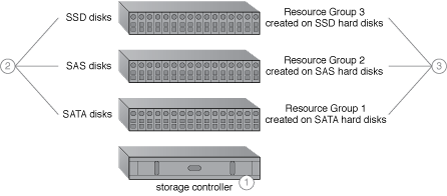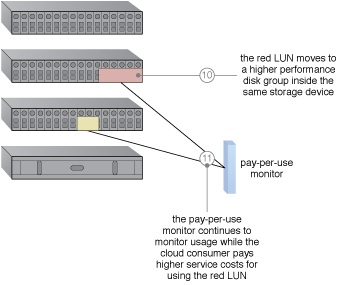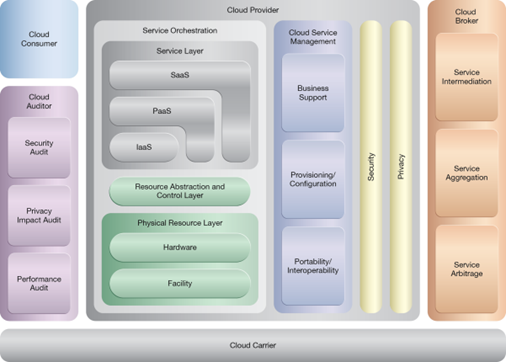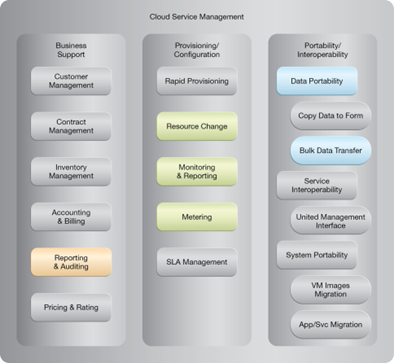Intra-Storage Device Vertical Data Tiering
How can the dynamic vertical scaling of data be carried out within a storage device
Problem
When required to maintain data within a single cloud storage device, the storage and processing capacity of the data will be limited to that of the device.
Solution
A cloud storage device capable of supporting multiple disk types is used to enable dynamic vertical scaling confined to the device.
Application
Complex cloud storage technology is utilized to establish storage tiers through which data can be scaled up or down via LUN migration.
Mechanisms
Automated Scaling Listener, Cloud Storage Device, Cloud Usage Monitor, Pay-Per-Use Monitor
Compound Patterns
Burst In, Burst Out to Private Cloud, Burst Out to Public Cloud, Cloud Authentication, Cloud Balancing, Elastic Environment, Infrastructure-as-a-Service (IaaS), Isolated Trust Boundary, Multitenant Environment, Platform-as-a-Service (PaaS), Private Cloud, Public Cloud, Resilient Environment, Resource Workload Management, Secure Burst Out to Private Cloud/Public Cloud, Software-as-a-Service (SaaS)

A conventional horizontal scaling system involving two cloud storage devices (1, 2) is transitioned to an intra-storage device system (3) capable of vertically scaling through disk types graded into different tiers (4). Each LUN is moved to a tier that corresponds to its processing and storage requirements (5).

An intra-device cloud storage architecture resulting from the application of this pattern (Part I).

An intra-device cloud storage architecture resulting from the application of this pattern (Part II).

An intra-device cloud storage architecture resulting from the application of this pattern (Part III).
NIST Reference Architecture Mapping
This pattern relates to the highlighted parts of the NIST reference architecture, as follows:

